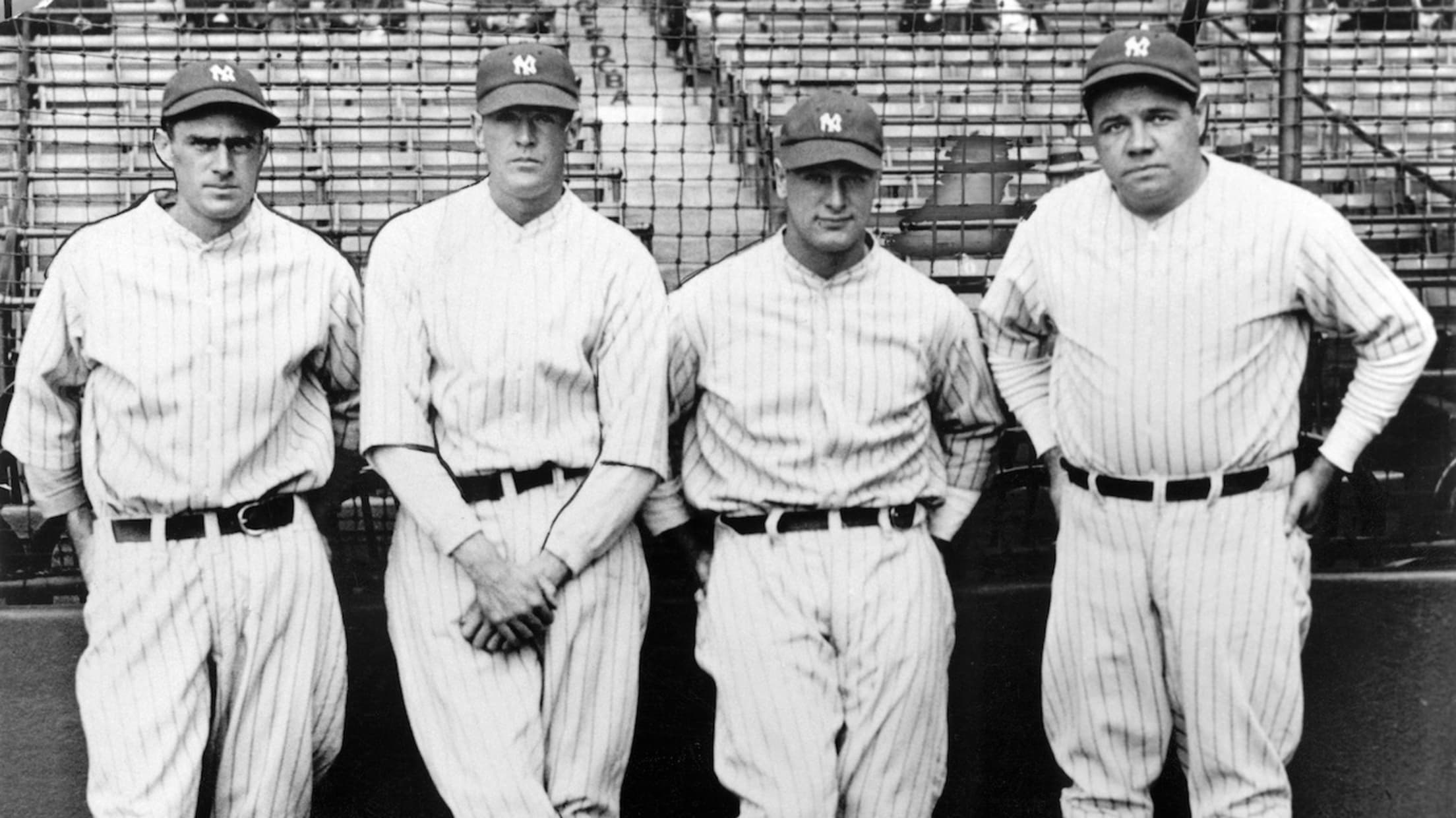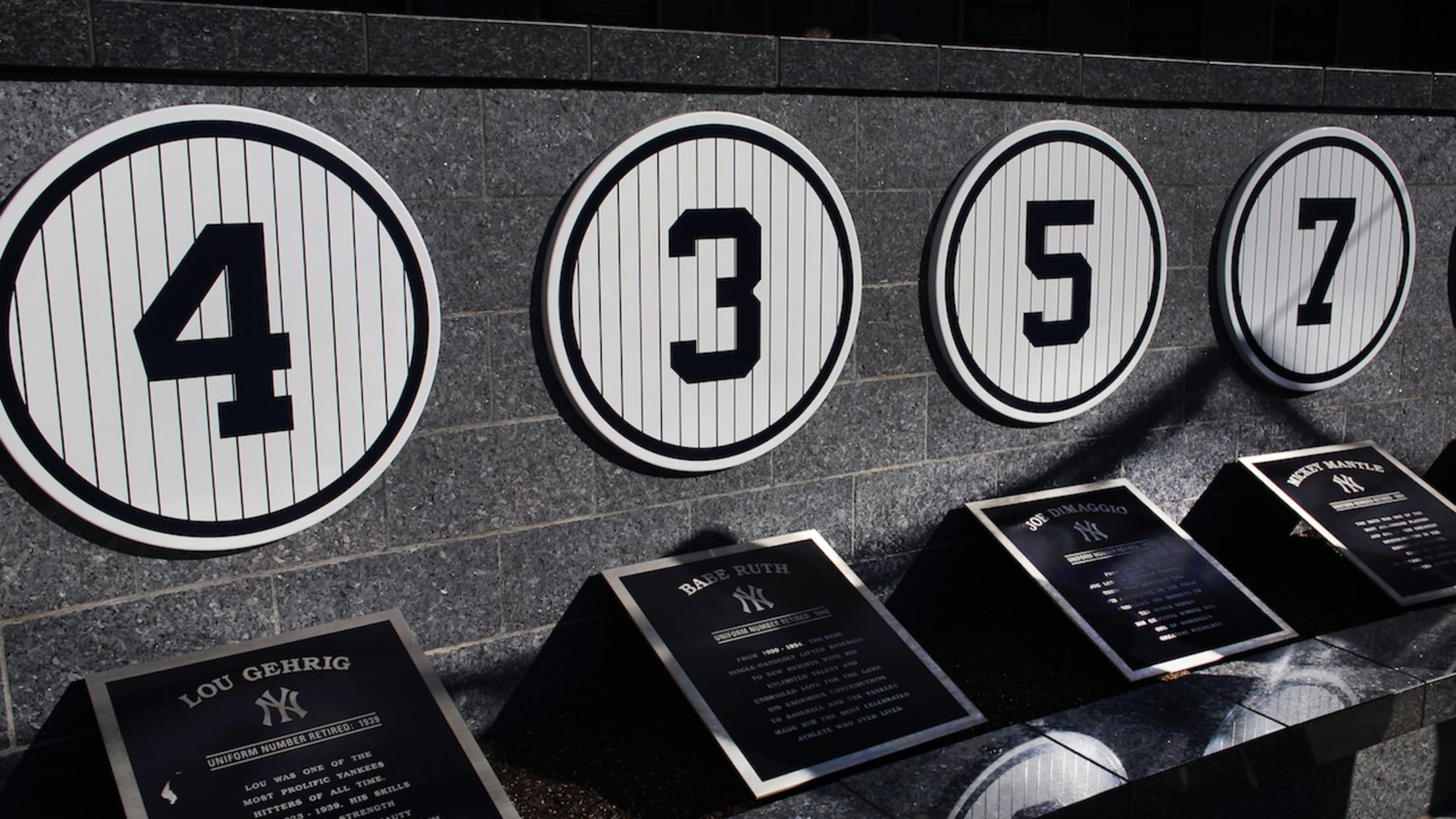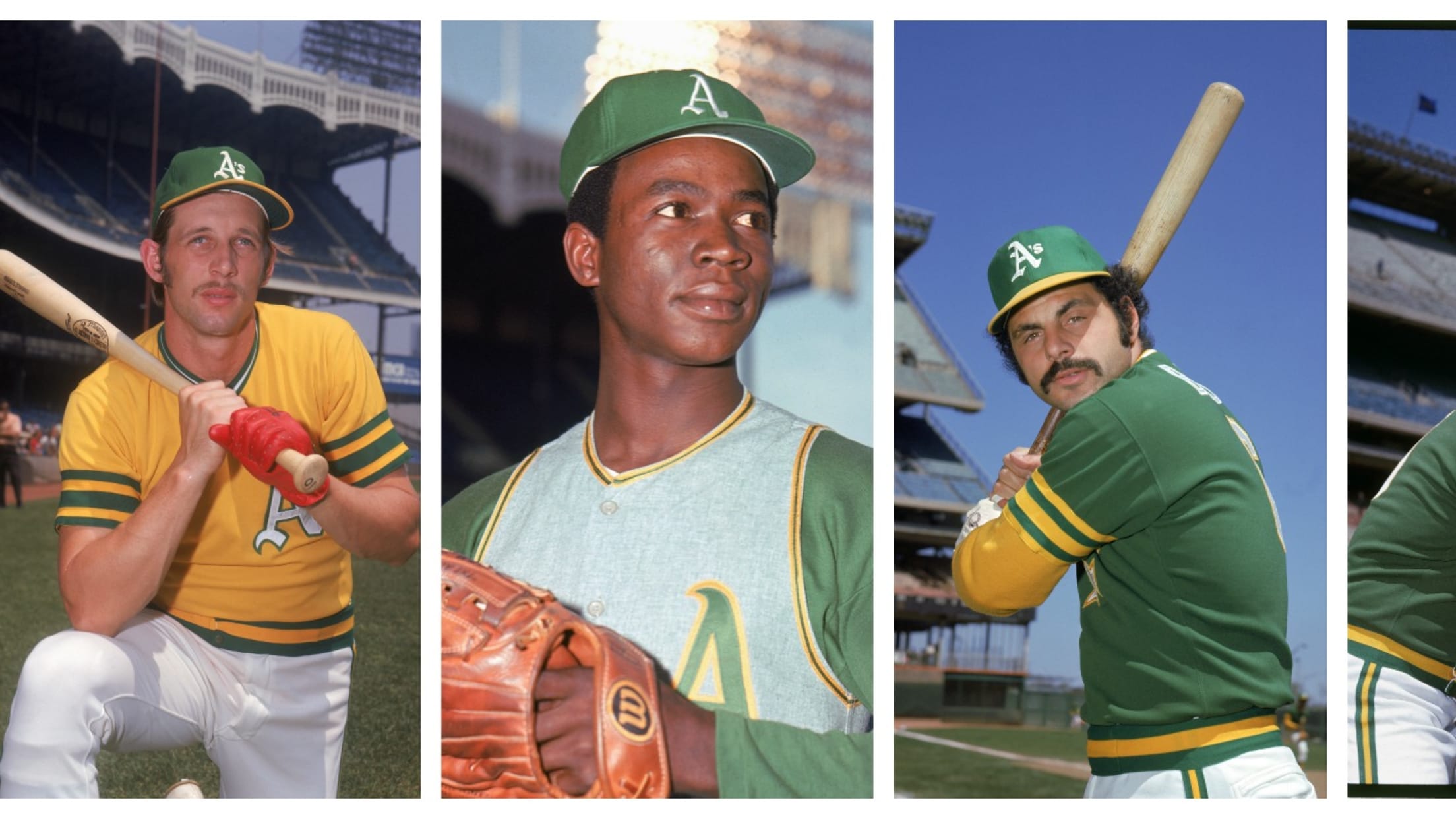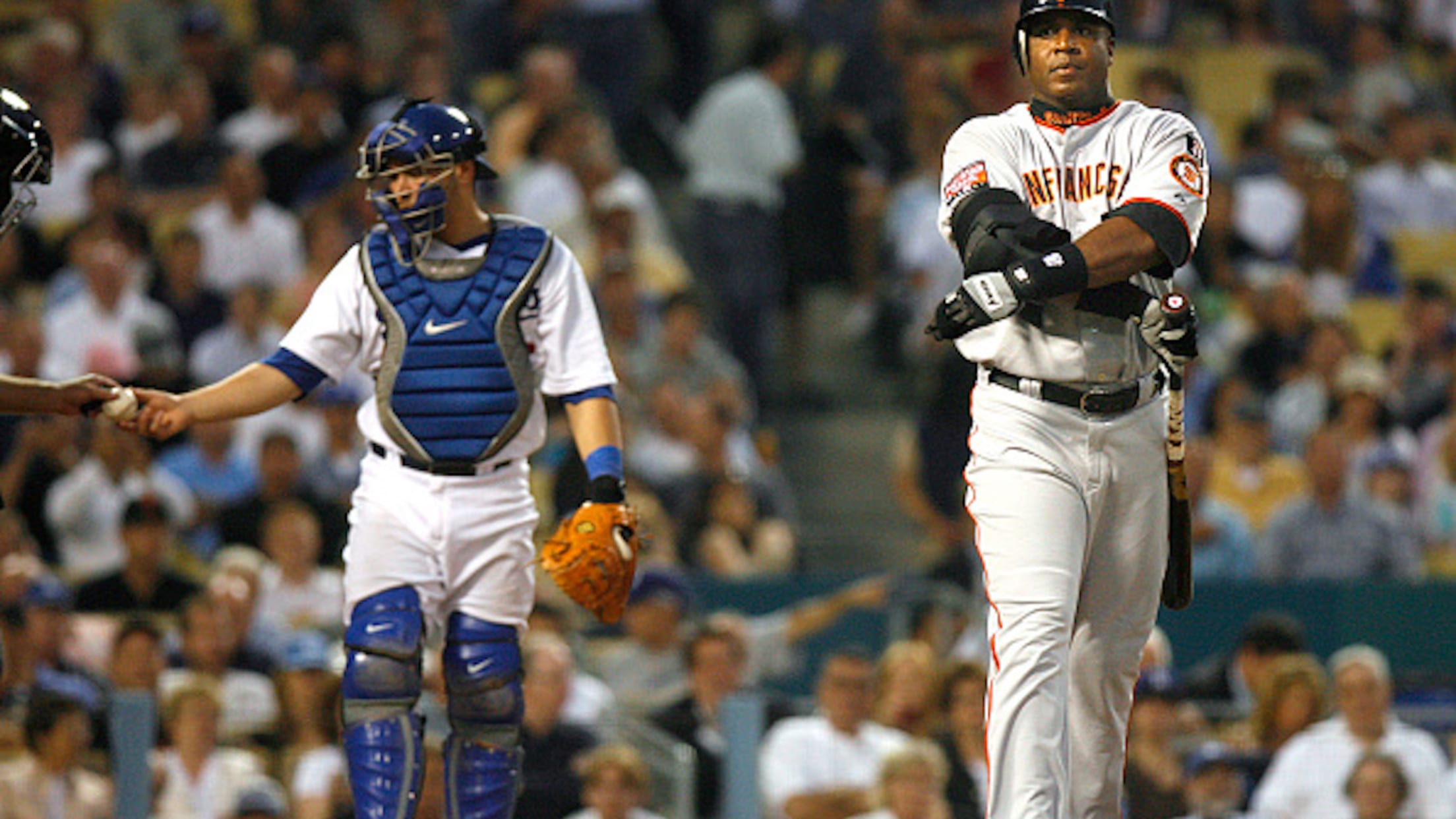Which team was the first to put numbers on the backs of its players' uniforms?

The 2017 season brought us the phrase "Chicken Strip" on an actual uniform in an actual Major League game. The big leagues have not always been so fashion-forward, however -- for decades, even numbers were off-limits.
In 1916, the Indians -- responding to the complaints of scorekeepers, vendors and fans who couldn't tell who was who on the field -- became the first team to experiment with uniform numbers, putting each player's lineup position on their sleeve. The experiment lasted only a few weeks before being shelved. The Cardinals tried something similar seven years later, only for the numbers to be scrapped due to what manager Branch Rickey called "continuing embarrassment to the players."
The idea remained taboo, viewed as unnecessary and unbecoming ... until Jan. 22, 1929, when the Yankees announced that they were putting numbers on the backs of their players' uniforms -- and they were there to stay.

The move was a no-brainer: New York was coming off of two straight World Series titles, with a lineup featuring names like Ruth and Gehrig -- exactly the kind of players you'd want fans to be able to identify from anywhere in the stadium.
Ironically enough, though, the Yankees wouldn't be the first to put the idea into practice. Not long after they announced their new uniforms, the Indians followed suit. And when New York's home opener was rained out, Cleveland became the first team to show off the new look.
Pretty soon, everyone had come around to the idea. "All clubs will come to it in time," the New York Times declared that May. If only they knew.





